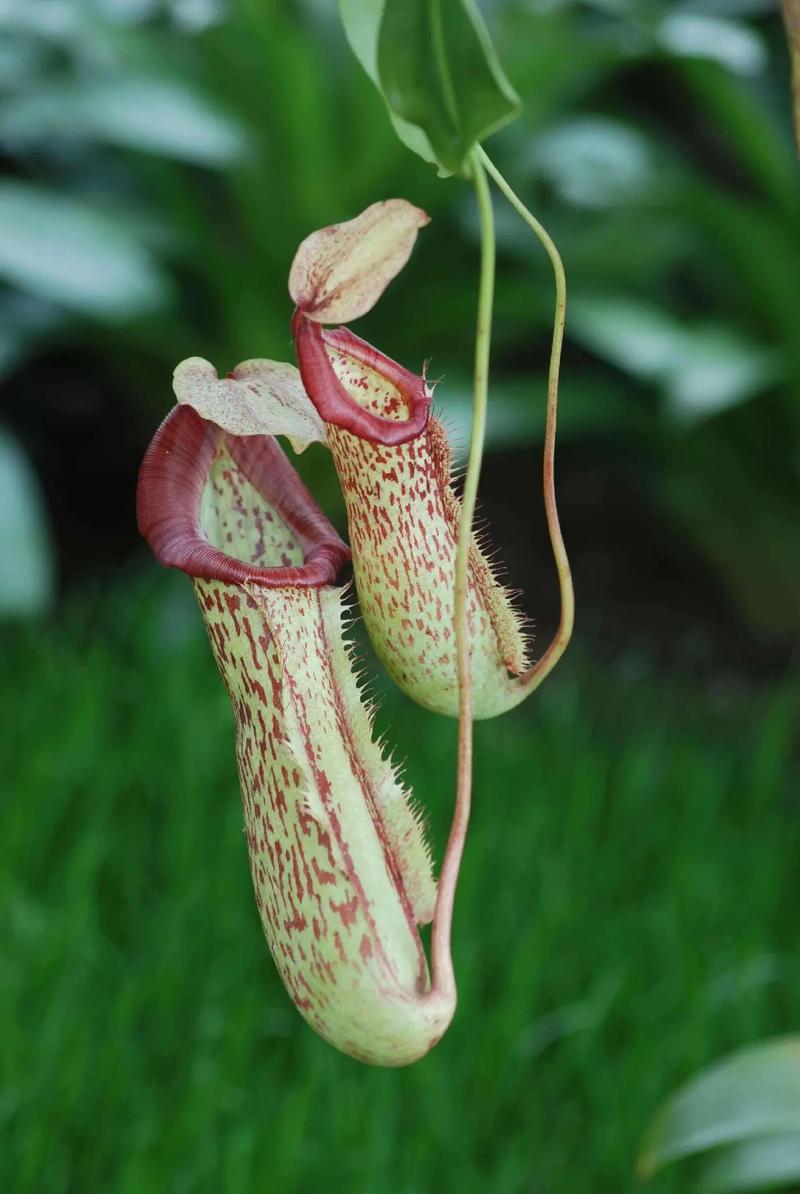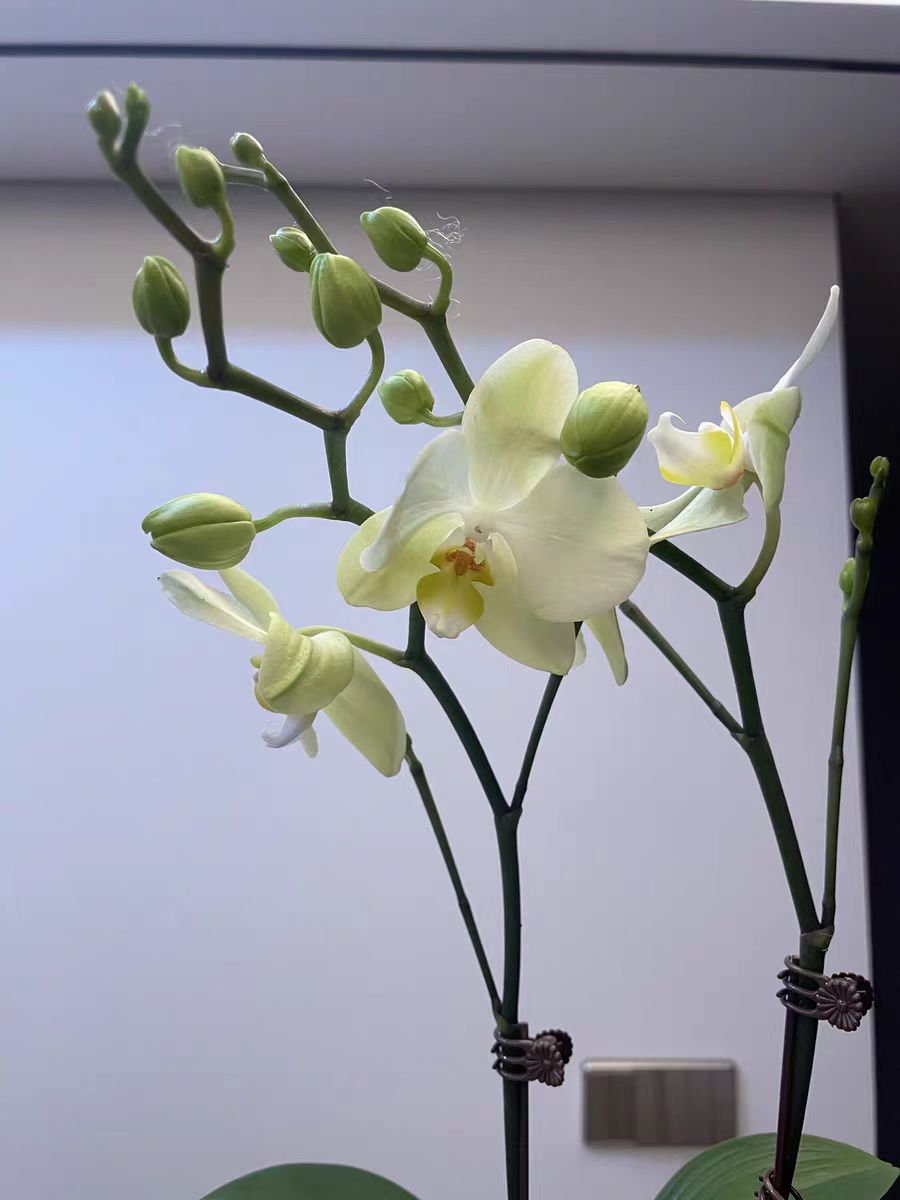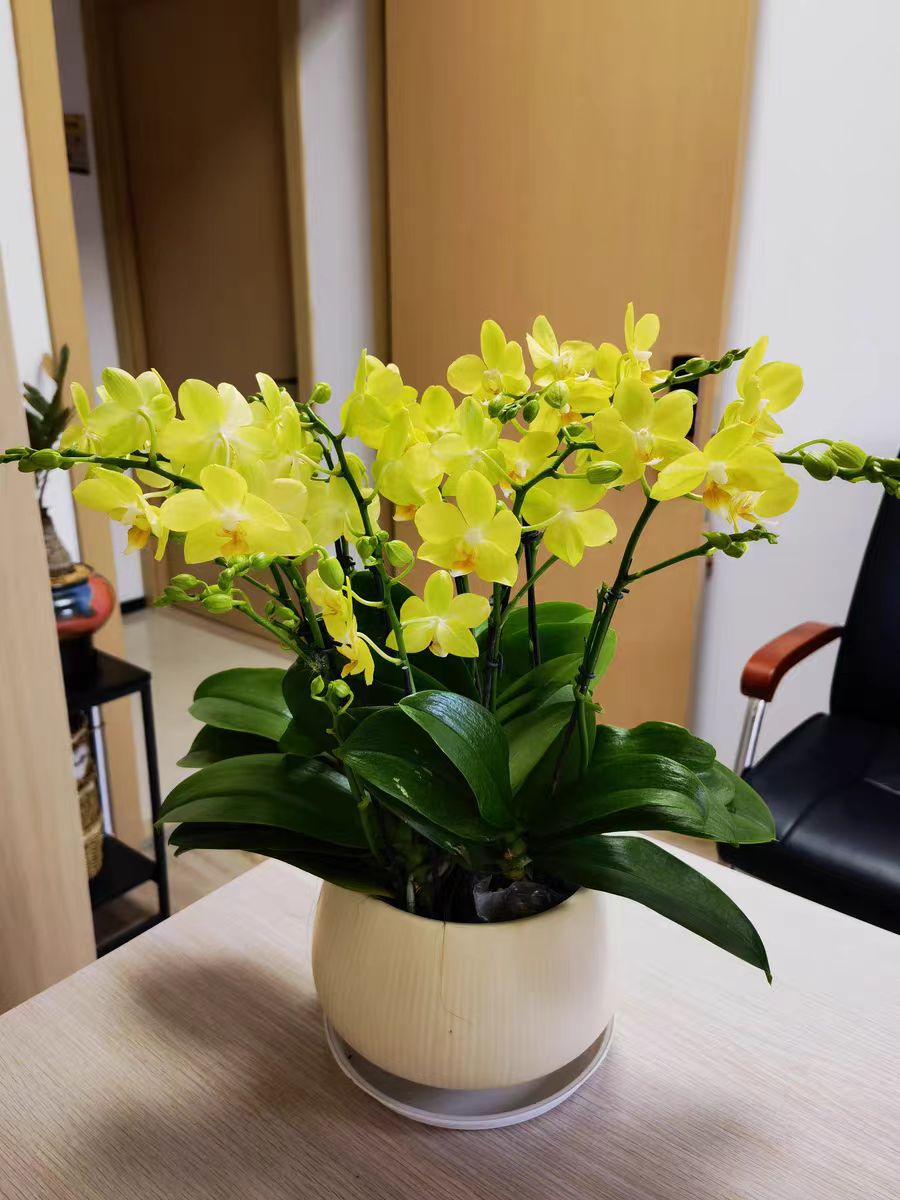Nepenthes, this unique tropical carnivorous plant, is renowned for its exquisitely designed pitchers and distinctive survival strategies. Its pitchers not only have a unique shape, resembling exquisite traps in nature, but also embody the wisdom of survival - by secreting sweet bait on the lip to attract insects, and then completing the predation and digestion process with the digestive fluid inside the pitcher.
When cultivating Nepenthes, the key elements to create its native environment are crucial. Firstly, for the soil, a loose, nutritious and well-ventilated substrate should be selected, such as leaf mold soil, peat soil or specially prepared mixed substrate, to ensure the healthy growth of the root system. Secondly, water management is of paramount importance in the maintenance of Nepenthes. A high humidity of the soil and the surrounding environment needs to be maintained, but at the same time, water accumulation should be strictly avoided to prevent root damage.
Light and temperature should not be overlooked either. Nepenthes prefers bright but not direct sunlight. Therefore, the placement needs to be carefully selected to ensure sufficient light while avoiding direct exposure. In terms of temperature, it needs to be maintained within the optimal range for its growth to promote metabolism and growth and development.
Although Nepenthes has the ability to catch insects, artificial assisted fertilization is still necessary in specific circumstances, especially when the source of insects is insufficient. However, fertilization should be moderate to avoid excessive nutrients or burden on the root system.
In addition, pruning and support are also important aspects in the maintenance of Nepenthes. Regular pruning of withered pitchers not only helps maintain the beauty of the plant but also promotes the growth of new pitchers. And setting up supports or climbers can provide the necessary growth support for Nepenthes, prevent the vines from lodging, and maintain its elegant posture.
It is worth noting that although the flowers of Nepenthes are not famous for their ornamental value and may emit an unpleasant smell, this does not prevent it from being loved and collected by many enthusiasts as a unique and interesting plant. However, when introducing it into the indoor environment, its growth requirements and possible impact on indoor air quality need to be fully considered.
How to maintain Nepenthes?

Share with
Tagged in :




Leave a Reply